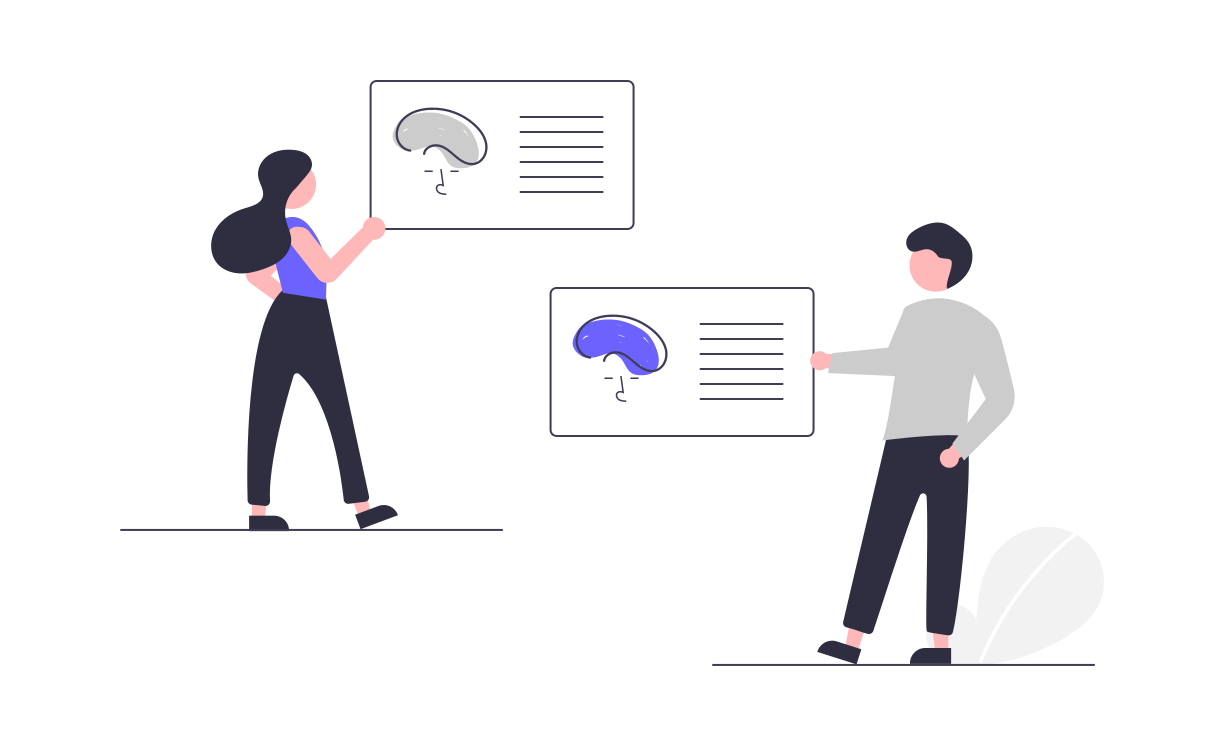Customer feedback is the lifeblood of any successful business. It offers insights into what your customers value, areas for improvement, and opportunities for innovation. However, the speed and accuracy with which you collect and respond to feedback can significantly impact your customer experience. Enter ChatGPT – a powerful tool to revolutionize real-time feedback collection and utilization.
Techniques for Collecting Real-Time Feedback with ChatGPT
1. Interactive Surveys
Deploy ChatGPT to initiate and conduct surveys during customer interactions. Key approaches include:
- In-Conversation Surveys: Integrate quick surveys into live chat interactions.
- Post-Transaction Feedback: Prompt customers to provide feedback immediately after a purchase or service interaction.
2. Sentiment Analysis
Utilize ChatGPT’s natural language processing capabilities to gauge customer sentiment:
- Textual Data Analysis: Analyze customer reviews, social media comments, and emails to determine sentiment.
- Emotion Detection: Identify emotional cues in customer language to assess satisfaction levels.
3. Real-Time Chatbots
Implement ChatGPT-powered chatbots to interact with customers and gather feedback on-the-go:
- Engagement Bots: Use chatbots to engage customers on your website, mobile app, or social media platforms.
- Feedback Prompts: Trigger feedback requests based on customer behavior, such as time spent on a page or specific actions taken.
4. In-App Feedback Widgets
Embed ChatGPT-driven feedback widgets within your applications:
- Pop-Up Widgets: Utilize pop-up widgets to ask for feedback at key points in the user journey.
- Embedded Forms: Integrate feedback forms directly into app interfaces for seamless user experience.
Benefits of Real-Time Feedback with ChatGPT
1. Enhanced Responsiveness
By collecting feedback in real-time, businesses can:
- Immediate Action: Quickly address issues and improve customer satisfaction.
- Agile Adjustments: Adapt strategies and processes based on instant feedback insights.
2. Improved Customer Engagement
Real-time feedback mechanisms make customers feel heard and valued:
- Personalized Interactions: Tailor responses and solutions based on individual feedback.
- Increased Loyalty: Foster stronger customer relationships through attentive service.
3. Data-Driven Decisions
Leverage feedback data to inform business decisions:
- Insightful Analytics: Use ChatGPT to analyze feedback trends and generate actionable insights.
- Strategic Planning: Align business strategies with customer preferences and pain points.
4. Operational Efficiency
Automating feedback collection with ChatGPT streamlines operations:
- Resource Optimization: Reduce the manual effort required for feedback collection and analysis.
- Scalability: Handle large volumes of feedback effortlessly, regardless of business size.
Steps to Implement ChatGPT for Real-Time Feedback
Step 1: Define Objectives
Clearly outline what you aim to achieve with real-time feedback collection:
- Goals: Set specific, measurable objectives for customer satisfaction, product improvement, and service enhancement.
Step 2: Choose Appropriate Tools
Select ChatGPT solutions that align with your feedback collection needs:
- Platform Selection: Choose platforms (e.g., chatbots, in-app widgets) that best fit your customer interaction points.
Step 3: Integration and Training
Integrate ChatGPT into your existing systems and train your team:
- System Integration: Ensure seamless connectivity with CRM, customer service, and data analytics systems.
- Staff Training: Educate your team on using ChatGPT tools and interpreting feedback data.
Step 4: Monitor and Optimize
Continuously monitor the effectiveness of your feedback collection and make necessary adjustments:
- Performance Tracking: Regularly review feedback data and system performance.
- Iterative Improvements: Implement changes based on feedback trends and effectiveness metrics.
Closing Thoughts
Harnessing ChatGPT for real-time customer feedback offers a powerful avenue for improving customer experience, enhancing engagement, and driving data-informed decisions. By adopting these techniques and reaping the associated benefits, businesses can stay ahead of the curve in delivering exceptional service and satisfaction.


